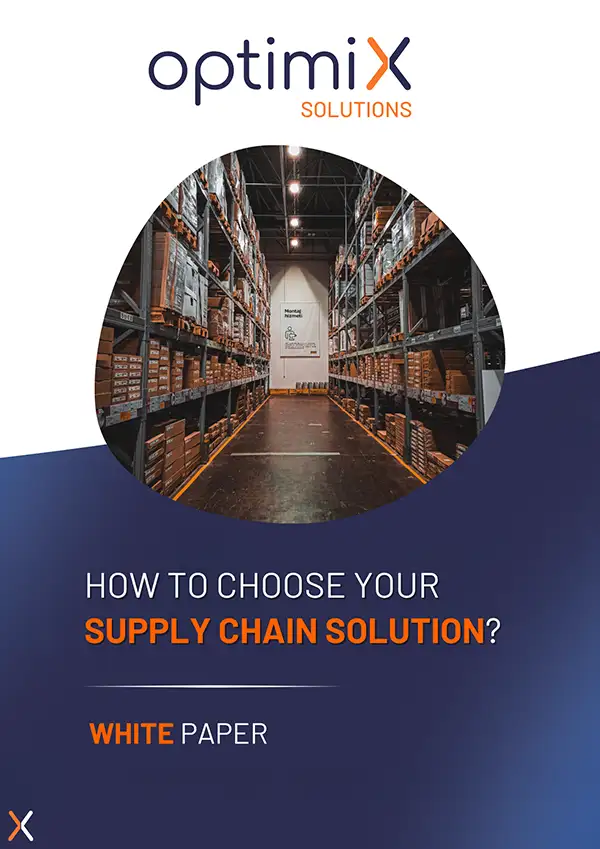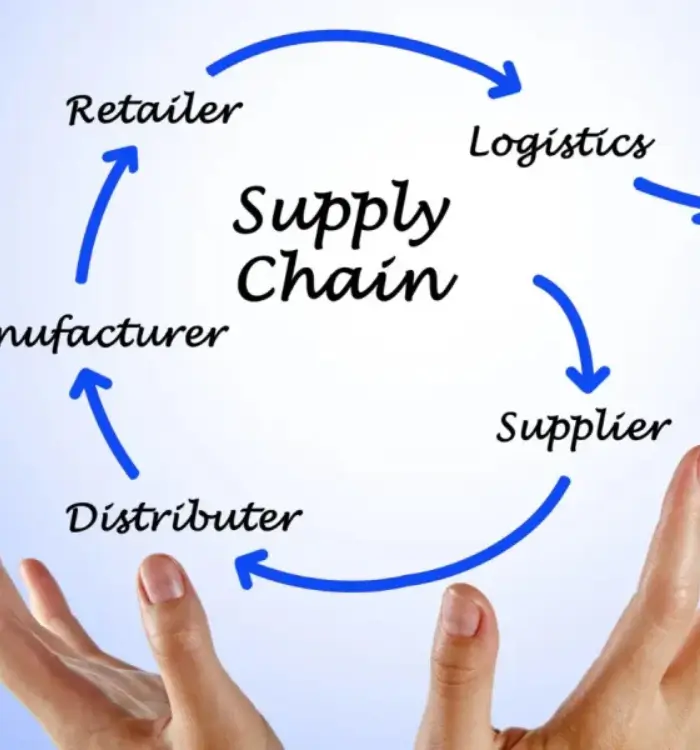In a world where responsiveness and logistical efficiency are key to sales performance, Stock management has become a strategic pillar for companies. Whether you’re a retailer, manufacturer or omnichannel player, mastering the physical and informational flows linked to goods is essential to guaranteeing a high level of service while optimizing costs. Faced with the many challenges of inventory management retailers must ensure complete, integrated control of their management, from order to delivery, to remain competitive and responsive.
But how does inventory management? What are the key stages in this complex process? We provide some answers in this article.
Receiving goods
The first stage of the cycle consists of receiving the goods from suppliers. This process is not limited to a simple quantitative control: this involves checking conformity, recording in inventory management software and appropriate labelling, often using barcodes.
Incorrect receipt of goods can lead to stock-outs, incorrect quantities in stock, or incorrect valuation of final stock. To make this stage more reliable, digital tools such as barcode scanners or CMMS can be used. are essential. They guarantee a high level of reliability and improved inventory management, right from the moment they enter the warehouse.
Storage
Once the products have been validated, they are routed to the storage areas . The choice of shelving, rotation (FIFO, LIFO), or the consideration of expiry dates are determining factors. The aim is to maintain stocks at an optimum level to avoid unnecessary downtime, while ensuring availability.
The storage can be costly space, personnel and equipment, and has a direct impact on cash flow. cash flow. It is therefore essential to determine a stock levels stock levels, taking into account logistics flowsdelivery times, seasonality and forecasts.
The inventory
L’physical inventorywhether annual, rotating or permanent, is designed to verify the discrepancy between theoretical data and products actually stocked. It can be used to identify anomalies such as loss, theft, data entry errors or valuation discrepancies.
Tools such as dashboards, stock sheets and inventory management solutions make this task easier. A reliable inventory feeds stock reliability indicators and supports good management of stock movements.
Movement tracking
Throughout the cycle, stock movements need to be accurately tracked: receipts and issues, transfers, reservations, returns, preparations. Tracking makes it possible to visualize available stock, its location and value, and to better manage procurement.
Good tracking ensures permanent stock control, limits human error and reduces the risk of stock-outs. It also helps avoid shortages of critical finished products, and enables efficient management of packaging, batches and spare parts.
Replenishment
This is where it all comes down to knowing how to place the right order at the right time, for the right product, in the right quantity. This can be based on management methods such as order point, minimum stock, or more advanced techniques such as just-in-time.
The Optimix XFR solution excels at this stage. It automatically triggers replenishment orders based on sales forecasts, average stock levels, supplier constraints and safety stock levels. It takes into account cash flow, related costs and service rate objectives, for smooth, efficient procurement.
Performance monitoring
To manage logistics managementit is essential to monitor KPI is essential:
Stock turnover rate
Indicates the frequency with which a stock is completely renewed over a given period. A high rate means good sales flow, while a low rate may indicate overstock or products in low demand.
Breakage rate
Measures the percentage of times an item is unavailable when demand arises. A high rate indicates poor anticipation of needs, and can lead to loss of sales or customers.
Storage cost per unit
Represents the average cost associated with keeping a product in stock (including storage, insurance, obsolescence, etc.). It enables you to better assess the profitability of your inventory.
Stock required
This is the optimum level of stock to maintain in order to meet demand while limiting costs. It takes into account forecast sales, lead times and seasonality.
Inventory value
Expresses the total monetary value of products in stock at a given moment. This KPI helps to measure the financial capital tied up in inventory, and to adjust levels according to actual needs.
Stock availability
Indicates the percentage of products immediately available for sale or production. Good availability improves customer satisfaction and reduces delays.
Supplier delivery time
Measures the average time between placing an order with a supplier and actually receiving the products. This KPI is crucial for anticipating restocking and avoiding stock-outs.
These indicators must be used in a dashboard structured, updated in real time. This is where a solution like XFR takes on its full meaning, by cross-referencing data from different systems (ERPWMS, CRM) to provide a global vision ofinventory status and flows.
Optimix XFR: an intelligent solution for optimized inventory management
In this demanding context, theOptimix XFR supply chain solution is a powerful lever for transforming flow management into a competitive advantage. Integrated at the heart of the supply chain, XFR automates the calculation of requirements, makes sales forecasts more reliable, and optimizes supplies thanks to artificial intelligence. It helps to synchronize stock levels with actual demand, avoid stock-outs and reduce carrying costs.
By capitalizing on reliable data (history, seasonality, trends, supplier constraints), XFR streamlines every stage of stock management: from receipt to restocking, including stock monitoring and performance analysis. It also integrates advanced functions for managing different stocks, displaying stock quantities by finished product, and alerting in the event of anomalies. and anticipate peaks in activity. In short, XFR helps you to manage your inventory with rigor, flexibility and profitability.
Inventory management is more than just an administrative task: it’s a cross-functional, strategic and constantly evolving process. From goods receipt to order placement, each stage has a direct impact on overall performance, profitability and customer satisfaction. In this context, the use of technologies dedicated to inventory management is essential for greater efficiency, precision and responsiveness.
With a solution like XFR, you have access to high-performance inventory management software designed to meet today’s challenges: reducing dormant stock, optimizing working capital, securing physical inventory and controlling out-of-stock situations. . It’s not just about to manage its inventory, but tooptimize it and turn it into an engine for growth.








